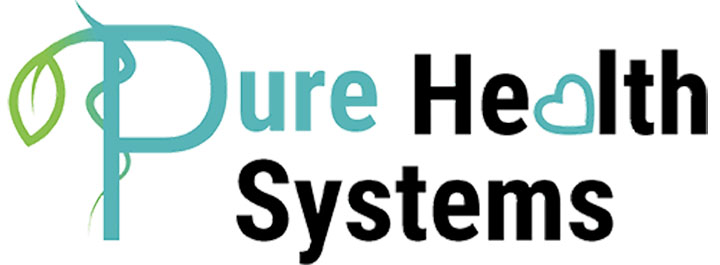WHAT ARE SPAGYRIC HOMEOPATHICS?
First developed by the 16th Century Swiss physician Paracelsus, spagyrism represents a form of homeopathy in which both vital healing energy and active substances are extracted from medicinal plants, creating powerful mother tinctures that can be further potentized. Derived from the Greek words spao (separate) and ageiro (unite), spagyric remedies were originally created by fermenting parts of wild herbs. This process produced concentrated aromatic solutions that were extracted and separated from the bulk plant matter. After fermentation was completed, the plant material was distilled in a special device, and the remainder dried and burned. The ashes were extracted and purified via distillation, then recombined with the concentrated solution. As a result, the finished spagyric essence contained the mineral constituent parts of the plant. Paracelsus pointed out that the vital energy of an herb is more important than the plant material itself. Combining the ideas of Paracelsus with modern manufacturing techniques, PEKANA produces its powerful spagyric remedies using four key steps: separation, purification, incineration and reunification.
1. Separation
Using only the specific parts of either fresh or dried herbs as prescribed in the Homeopathic Pharmacopoeia, PEKANA adds special yeast, sucrose and pharmaceutical grade water to initiate fermentation. This three week process produces a natural alcohol intrinsic to the particular plant, resulting in a high quality mother tincture solution that contains vital energy specific to that herb.
2. Purification
Next, PEKANA repeatedly filters the tincture solution until it is completely free of impurities. Similar to producing a fine wine, this process requires time and precision because new particles created by the plant tincture during the various filtering phases must be removed to achieve an absolutely pure liquid solution. Unlike other manufacturers, PEKANA never distills its spagyric tinctures to ensure that biocatalysts (enzymes), vitamins and other vital substances remain active.
3. Incineration
In step three, the original plant material used to produce the mother tincture solution is dried, caked and burned at very high temperatures, creating an ash. After PEKANA’s advanced processing technique removes all impurities from the ash, only the remaining pure plant minerals are extracted.
4. Reunification
Finally, the pure plant crystals which stimulate metabolic processes in the body are combined with the mother tincture solution. Until this final step, the tincture is odorless. However, at the precise moment PEKANA adds the minerals to the solution, a dramatic color change takes place and the specific aroma distinctive to the plant flows from the fluid creating the “miracle” of spagyrics.
In addition, PEKANA homeopathic spagyric medications are further potentized and succussed by hand according to the laws of homeopathy. To prove the “pharmaceutical quality” and document the high energy of its medicines, PEKANA conducts comparative chromatography analysis on each mother tincture. Only those spagyric preparations are used that match or exceed the substance yield of the corresponding homeopathic chromograph.
In recognition of such high standards, PEKANA received an award for innovation and exemplary performance from the State of Baden Wuerttemburg.
